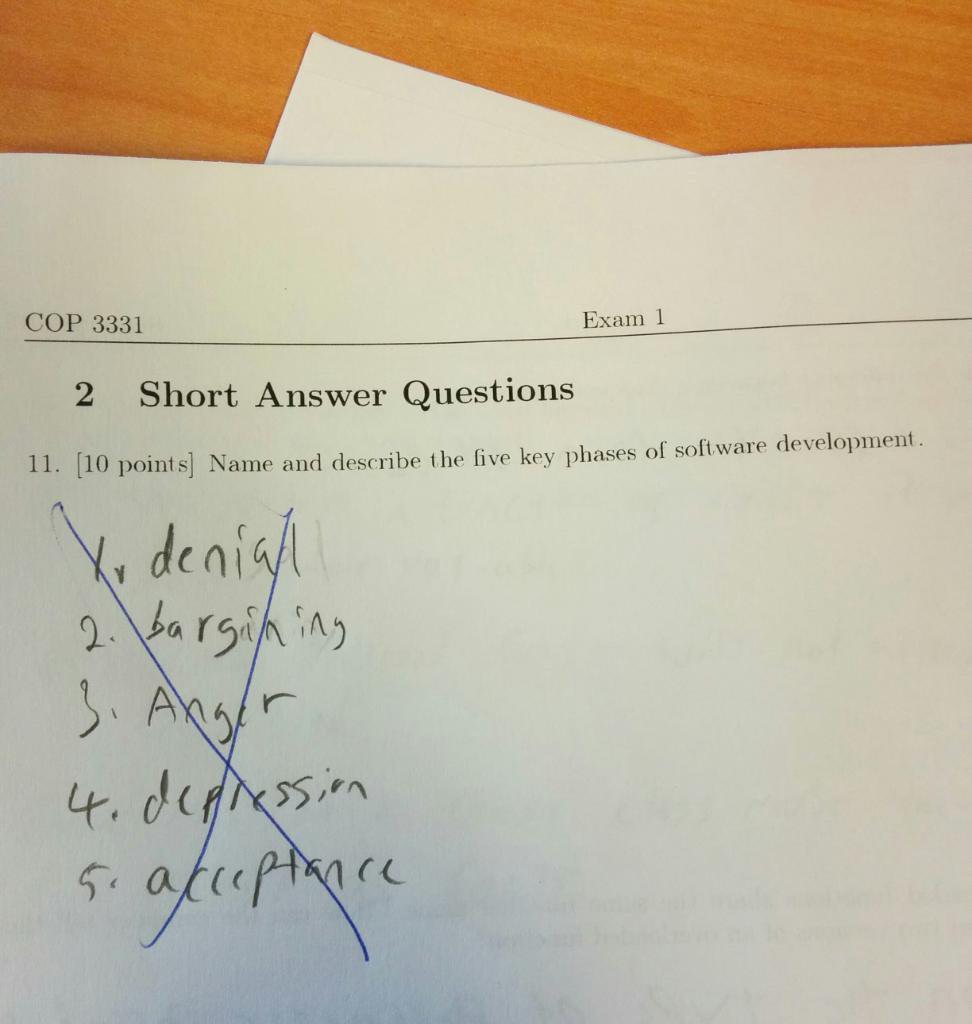Podcast: Play in new window | Download
Subscribe: Apple Podcasts | Spotify | TuneIn | RSS
We take an introspective look into what’s wrong with Michael’s life, Allen keeps taking us down random tangents, and Joe misses the chance for the perfect joke as we wrap up our deep dive into Hasura’s 3factor app architecture pattern.
For those reading these show notes via their podcast player, this episode’s full show notes can be found at https://www.codingblocks.net/episode117.
Sponsors
- Datadog.com/codingblocks – Sign up today for a free 14 day trial and get a free Datadog t-shirt after creating your first dashboard.
- O’Reilly Software Architecture Conference – Microservices, domain-driven design, and more. The O’Reilly Software Architecture Conference covers the skills and tools every software architect needs. Use the code
BLOCKSduring registration to get 20% off of most passes. - Educative.io – Level up your coding skills, quickly and efficiently. Visit educative.io/codingblocks to get 20% off any course.
Survey Says …
News
- Thank you to everyone that left us a review:
- iTunes: codeand40k, buckrivard
- Stitcher: Jediknightluke, nmolina
Factor Tres – Async Serverless
The first two factors, realtime GraphQL and reliable eventing, provide the foundation for a decoupled architecture that paves the way for the third factor: async serverless.
These serverless processes meet two properties:
- Idempotency: Events are delivered at least once.
- Out of order messaging: The order the events are received is not guaranteed.
Traditional vs 3factor app
| Traditional application | 3factor application |
| Synchronous procedure code. | Loosely coupled event handlers. |
| Deployed on VMs or containers. | Deployed on serverless platforms. |
| You manage the platform. | The platform is managed for you. |
| Requires operational expertise. | No operational expertise necessary. |
| Auto-scale when possible. | Auto-scales by default. |
Benefits of serverless architectures
- No-ops: no run time to manage.
- Free scale: scales based on utilization.
- Cost: you pay for utilization.
Sample serverless providers
When to use the 3 Factor app?
- Multiple subsystems that need to subscribe to the same events.
- Low latency events.
- Complex event processing.
- High volume, velocity data.
Benefits
- Producers and consumers are decoupled.
- No point-to point-integrations.
- Consumers can respond to events immediately as they arrive.
- Highly scalable and distributed.
- Subsystems have independent views of the event stream.
Challenges
- Guaranteed event delivery.
- Processing events in order.
- Processing events exactly once.
- Latency related to initial serverless start up time.

Resources We Like
- 3factor app (3factor.app)
- 3Factor Canonical App (GitHub)
- Event-driven architecture style (docs.microsoft.com)
- Azure Functions and CosmosDB from MS Ignite (episode 92)
- Two General’s Problem (Wikipedia)
- Erlang: The Movie (YouTube)
- Erlang: The Movie II: The Sequel (YouTube)
- Ultimate Dog Tease (YouTube)
- Reggie! Don’t eat him! (Facebook)
- Docker for Developers (episode 80)
Tip of the Week
- Keep your email address private in your GitHub repo’s git log by setting your email address to
github_username@users.noreply.github.comlikegit config user.email janedoe@users.noreply.github.com. (GitHub) - Darknet Diaries: True stories from the dark side of the Internet (darknetdiaries.com)
- ARM Template Viewer for VS Code displays a graphical preview of Azure Resource Manager (ARM) templates. (marketplace.visualstudio.com)
- WSL Support Framework for IntelliJ and RubyMine (plugins.jetbrains.com)
- Visual Studio Code Remote – WSL extension lets you use the Windows Subsystem for Linux as your development environment within VS Code. (code.visualstudio.com)
- What is Azure Data Studio? (docs.microsoft.com)
- The DevOps Handbook is available on Audible! And iTunes! (Audible, Amazon, iTunes)











